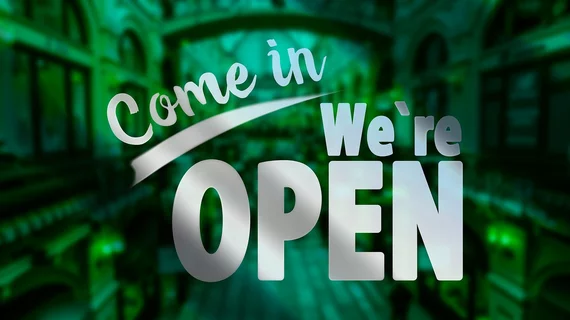Patients’ 6 most important considerations when returning for postponed elective imaging
As radiology practices work their way through the backlog of elective imaging exams built up during the pandemic, there are a few key factors patients want them to consider.
That’s according to a new survey out of New York Presbyterian Hospital, published Monday in JACR. Researchers from the academic institution surveyed nearly 100 patients who had their elective MRI exams delayed in March and April. Corresponding author Tony Wong, MD, and colleagues unearthed six key ingredients for providers welcoming these consumers back in the coming months.
“As patients begin to feel that it is safe to obtain imaging examinations during the COVID-19 pandemic, these factors can be considered by radiology practices when developing new strategies to conduct elective imaging,” Wong, a professor and chief of the Division of Musculoskeletal Radiology, and colleagues wrote Nov. 2.
All told, the research team targeted 249 patients, with 99 completing the 22-question phone survey between June and July. About 68% of respondents said they felt delays in imaging care had little to no impact on their health, while the same percentage felt it was “fairly” or “extremely” safe to obtain imaging during the crisis. Another 53% perceived no difference in safety between hospital-based or outpatient imaging centers, Wong et al. reported.
The research team pinpointed six of the most important safety factors from the survey. Those included staff friendliness, mask wearing, social distancing, a short wait time, patient temperature checks and health screens, and the ability to schedule radiology services on the same day as clinical visits.
Implementing some of these safety measures might be simple, such as limiting patient entry to one controlled checkpoint, or spacing out chairs in the waiting room. Others, meanwhile, may require “higher-scale planning and coordination,” Wong added. He gave the example of slating imaging appointments on the same day that patients are visiting other providers, a request cited by 71% of respondents.
“This may be a particular priority if long distance travel is needed for tertiary care center visits,” the team wrote. “Although there are scheduling challenges to overcome in order to facilitate this, novel strategies may be developed that leverage the changing landscape of healthcare,” they added, citing telehealth visits at the imaging center as one example.
The smallest of actions can help, Wong and company added, such as calling patients to see if they have any questions ahead of their appointment. This was backed up by the fact that 37% of survey respondents decided to schedule their postponed exams after conducting the survey.
“In establishing a comfort level for patients to return for imaging, it is important not to overlook how small interventions can also be effective,” the authors added.
Read more of their advice in the Journal of the American College of Radiology here.

